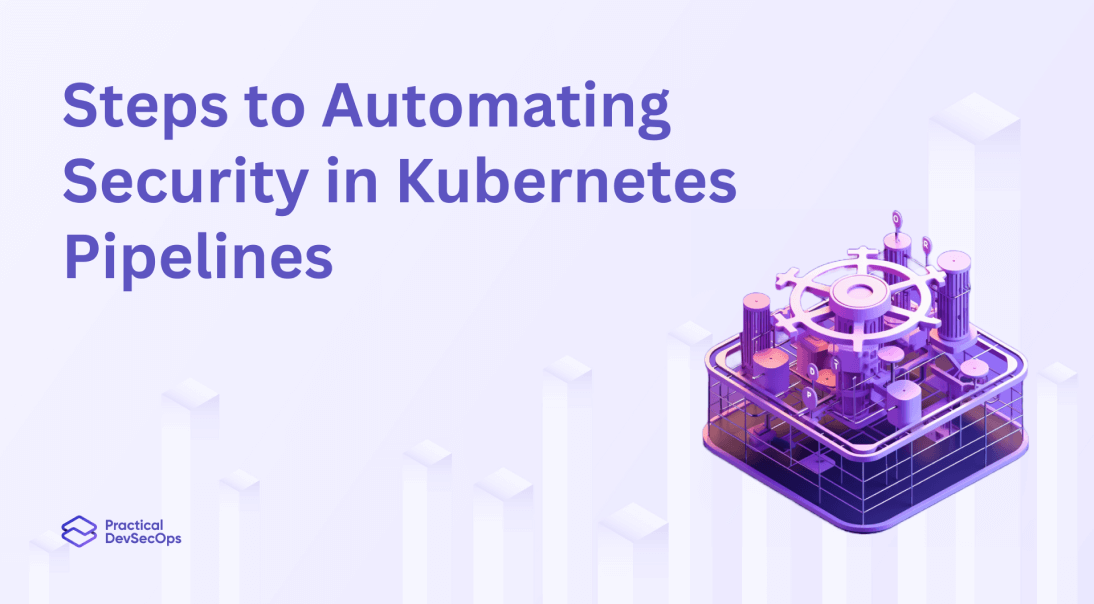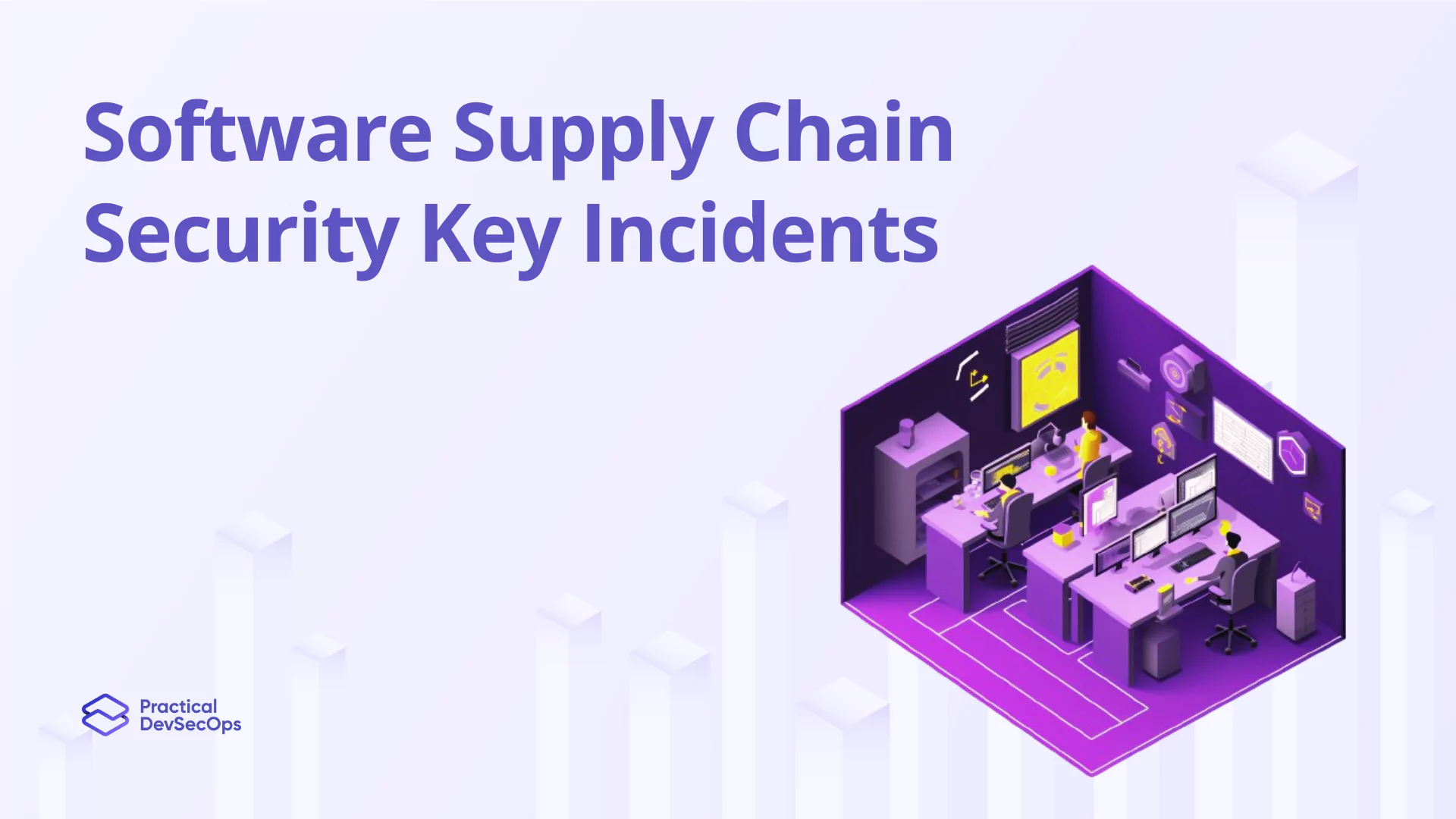As organizations increasingly adopt Kubernetes for their containerized applications, ensuring robust security measures becomes important. Automating security in Kubernetes pipelines not only reduces manual effort but also enhances the overall security posture of the deployments. In this article, we will explore ten steps to automate security in Kubernetes pipelines, empowering you to safeguard your applications effectively.
Step 1: Implement Infrastructure as Code (IaC)
Implementing Infrastructure as Code (IaC) using tools like Terraform or Ansible is the foundation of secure Kubernetes pipelines. By defining and provisioning infrastructure consistently, you establish a reliable and reproducible environment. Emphasise security best practices during infrastructure creation, such as enforcing secure network configurations, enabling encryption, and configuring robust firewalls.
Step 2: Employ Container Scanning
Integrating container scanning tools into your CI/CD pipeline is essential to identify vulnerabilities within container images. Tools like Clair, Trivy, or Anchore can automatically scan for known vulnerabilities, providing early detection and remediation opportunities. By including container scanning in your pipeline, you minimize the risk of deploying containers with known security issues.
Also Read, Container Security Best Practices in 2023
Step 3: Apply Cluster Hardening
Cluster hardening is crucial for fortifying the security of your Kubernetes environment. Configure Kubernetes cluster security policies, network policies, and Role-Based Access Control (RBAC) rules to restrict access and minimize attack surfaces. Features like PodSecurityPolicy, Pod Disruption Budgets, and Network Policies play a vital role in enforcing strong security measures at the cluster level.
Step 4: Enforce Image Signing and Verification
To ensure the authenticity and integrity of container images, image signing and verification mechanisms should be employed. Utilise digital signatures with tools such as Notary or Sigstore to establish trust in your images. By enforcing image signing and verification, you mitigate the risk of deploying tampered or malicious container images.
Step 5: Implement Secrets Management
Proper management of sensitive data, such as credentials and API keys, is critical for maintaining the security of your Kubernetes applications. Leverage Kubernetes secrets or external secret management systems like HashiCorp Vault to securely store and handle sensitive information. Automate secret injection during deployment to eliminate the need for manual handling, reducing the risk of accidental exposure.
Also Read, 5 Best Kubernetes Authentication Methods
Step 6: Enable Runtime Security
Runtime security measures are essential for detecting and mitigating threats during the execution of your Kubernetes applications. Kubernetes-native security solutions like Falco or Sysdig Secure provide real-time monitoring and threat detection capabilities. By implementing real-time security policies, you can identify unauthorized activities and potential breaches promptly, enhancing the overall security of your cluster.
Also Read, Kubernetes Pod Security Policies
Step 7: Continuous Monitoring and Logging
Establishing centralized monitoring and logging solutions is crucial for gaining insights into the security of your Kubernetes environment. Tools like PLG or ELK stack enable you to collect and analyze security-related data. Configure alerts and notifications to promptly address potential security incidents, ensuring proactive response and mitigation.
Also Read, Best Practices for Kubernetes Security Monitoring
Step 8: Regular Vulnerability Scanning, especially Container Scanning
Scheduled vulnerability scans help identify vulnerabilities within Kubernetes components and dependencies. Utilize tools like kube-hunter or kube-bench to assess the security posture of your cluster. By regularly scanning for vulnerabilities, you can address potential risks promptly and ensure that your cluster remains secure against emerging threats.
Also Read, How Kubernetes Vulnerability Scanning Works?
Also Read, Demystifying DREAD and STRIDE Threat Modeling for Kubernetes Security.
Step 9: Continuous Learning and Improvement
Fostering a culture of continuous security improvement is vital for ensuring the long-term security of your Kubernetes pipelines. Conduct regular security audits and assessments to identify areas for improvement. Encourage knowledge sharing and staying up-to-date with emerging Kubernetes security best practices, empowering your team to proactively address security challenges.
Download the free E-book on Kubernetes Security 101
Conclusion
Automating security in Kubernetes pipelines is a multi-faceted process that encompasses various stages, from infrastructure provisioning to continuous monitoring and improvement. By following these ten steps, you can enhance the security of your Kubernetes deployments, reducing risks and ensuring the protection of your valuable applications and data.
How to Get Kubernetes Security Training?
You can get trained in Kubernetes security by enrolling in our Cloud-Native Security Expert (CCNSE) course, which provides hands-on training in important concepts such as:
Hacking Kubernetes Cluster, Kubernetes Authentication and Authorization, Kubernetes Admission Controllers, Kubernetes Data Security, Kubernetes Network Security, Defending Kubernetes Cluster
Course Highlights:
- 50 + guided exercises uniquely designed by industry experts
- 24/7 instructor support
- Browser-based labs for hands-on training
- Lifetime access to course manuals and videos
Also Read, How Difficult is Kubernetes Certification?






0 Comments